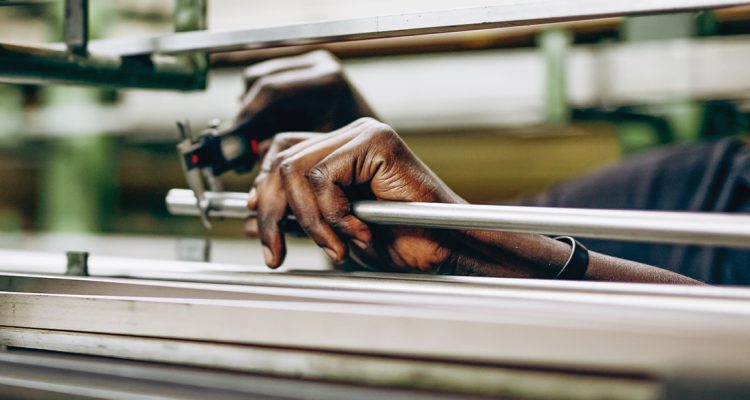When capital expenditure (CAPEX) dollars are on the line, a Finite Element Analysis (FEA) could prove the viability of a substantial investment – or indicate the need for a design change. With world-leading FEA technology and the experienced people who understand and know how to apply that technology, Motion is proving a reliable resource for Australian industry.
FEA is the use of computational simulations to quantify how a structural or mechanical object might behave under various physical conditions. Based on a range of inputs relative to the project – such as self-weight, design, any external or applied loads and any specific constraints there are on the object – an FEA will determine if that object is suitable for the job or if it’s going to fail through elevated stress concentrations or deflections.
One of this country’s major steel plants recently contracted Motion to carry out an FEA on conceptual modifications to a high-pressure steam pipeline which feeds a turbine used to drive an axial compressor to generate compressed air used in the blast furnace iron-making process. The FEA would be part of a larger feasibility study to determine whether it would be worthwhile replacing the decommissioned axial compressor with an alternator turbine to generate electricity.
There are existing steam pipelines (mains) that are fed by the site’s five gas-fired boilers, however delivering steam to the proposed electricity-generating turbine would mean changing the route and layout of the steam mains.
The client had developed a concept design for the proposed new route for the steam mains with additional bends and steam main supports, and wanted Motion to provide a specialist engineering assessment of the new route.
As mentioned above, any FEA needs a series of project-related inputs to work with. For this job the inputs would include the self-weight of the steam main full of water, the temperature variations of the steam and the pressure of the steam inside the pipe (normal operating levels for the steam are 42Bar and 454oC). Also, the positioning and type of the supports for the mains, including fixed, rigid or sliding, would also be inputs.
These inputs, supplied by the client, were entered into Motion’s specialist FEA- software which includes a linear/nonlinear static solver. Stress results which conform to the Von Mises Yield Criterion are extracted, which compounds all Principal Stresses seen by the piping under the applied scenario conditions. On this occasion, this FEA method is applied to the pipe assembly built as a beam element with internal pressure and temperature.
The FEA determined that the alternative route for the steam pipe would be acceptable; which enabled the client to prepare a capex investment proposal to upgrade their plant and equipment.
According to Motion analysis engineers, any mechanical or structural element that has loads and constraints can be modelled and analysis carried out to determine any significant displacements or stresses. The importance and analytical skill lies in understanding how the system works and how to use it to build the correct model. They argue that a bad model and inappropriately applied constraints will deliver results that make little or no sense – which could mean project failure and financial loss.
Over more than twenty years Motion has developed its skill and understanding of FEA – and become a strong resource for Australian industry.

